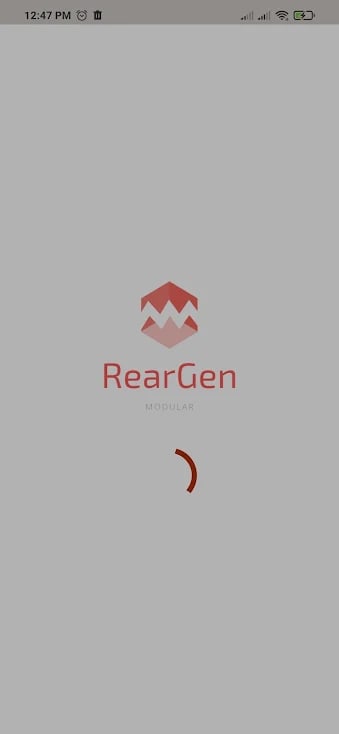41
Build Your Android App with HTML, CSS, JS
In this post, we'll be settings up RearGen to build your first android app with HTML, CSS, and JS.
As you know to become an android developer, first, you have to learn about android studio, java, XML, and Gradle. after that android developers move to any other framework to build apps with more ease and more platform support.
RearGen is a pre-developed framework tool that developers or non-developers can use. It's working with native based backend and the tool made with python. If someone wants to build an android web app to their hosted website. RearGen is the best selection for that. RearGen makes a signed android app to your hosted website with additional features like a no-internet connection window, pull and refresh button, splash screen, etc.
Although, If someone can't host their mobile responsive website, they can develop the app with HTML, CSS, and JS. This feature is called In-app development. You can develop your mobile app with basic HTML, CSS, and JS knowledge. otherwise, you can use third-party CSS and JS library, templates, and any other browser-supported things. Below I listed the main features in RearGen.
First, you need to download the latest RearGen release or LTS release from GitHub or clone the repo. After that, install supported JDK 8 or JDK 16 or whatever supported version on your computer. then, follow the Start Development instructions on my GitHub.
These are sample splash and home screens. you can code whatever you want. Also, you can find out this sample RearGen mobile app on Play Store.
| Splash Screen | Home Screen |
|---|---|
 |
 |
To use a custom template, place the template files in the
src folder in the RearGen root directory. those instructions you can find out on my RearGen GitHub repository.
Happy coding🎉!
41
